How To Jump Start A Car.
The Pros And Cons On How To Jump Start A Car With Jumper Cables Versus A Lithium Jump Starter.
If it hasn’t happened to you, it probably will. In fact, millions of motorist experience a dead battery every single year. A dead car battery even happens to the best of us, regardless of our level of expertise. Even knowing and using battery care technologies such as battery chargers and jump starters cannot 100% prevent the occasional dead car battery. There are many methods on how to jump start a car. You can use the old, traditional battery jumper cables (also called booster cables)— ugh. Or you could use a portable lithium car jump starter— preferred. Following are details on each method for jump starting, including the how-to, plus, the pros and cons of each method.
How To Jump Start A Car With Jumper Cables.
In understanding how to jump start a dead car battery with jumper cables, you will need a couple of things. First, you're going to need an additional vehicle that’s operational. And second, you are going to need a good set— not a cheap set— of jumper cables. Jumper cables are still sold in most automotive retail chains (e.g. AutoZone, Canadian Tire, etc.) and range in wire size and length.
About Jumper Cables.
Most auto parts stores carry 10AWG, 8AWG, 6AWG and 4AWG wire sizes, with most typically around 12-feet in length. In case of wire gauge, the higher the number, the lower the power. I would not recommend using 10AWG or 8AWG jumper cables. They simply cannot transfer enough power. If your vehicle's engine is a 3 liter gas engine or lower, then 6AWG and 4 AWG jumper cables should sufficient, but still may require several minutes before cranking over the engine. If your vehicle's engine is greater than a 4 liter gas engine, or any type of diesel engine, I would suggest you consider 2AWG or 1AWG jump cables. Similar to wire size, the length of the jumper cable matters, and the higher the number (the longer the length), the lower the power. I would not recommend going past 12-feet in length, if possible.






4 AWG






6 AWG






8 AWG






10 AWG
Make sure the jumper cables you are buying are 100-percent copper construction. The vast majority of jumper cables on the market are made from aluminum wire with a copper coating (known as copper-clad aluminum cable). The electrical conductivity difference between pure copper cabe versus copper-clad aluminum is significant— about a 40-percent difference in conductivity.






Pure Copper
40% More Conductive
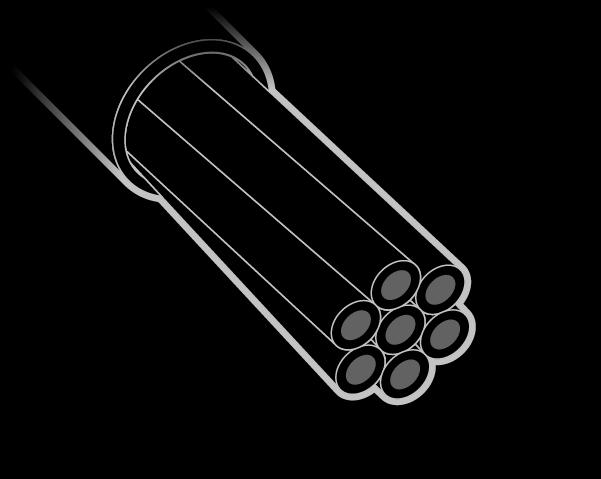
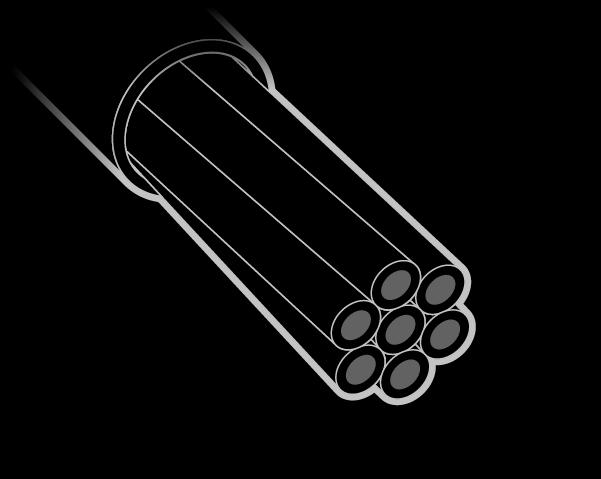
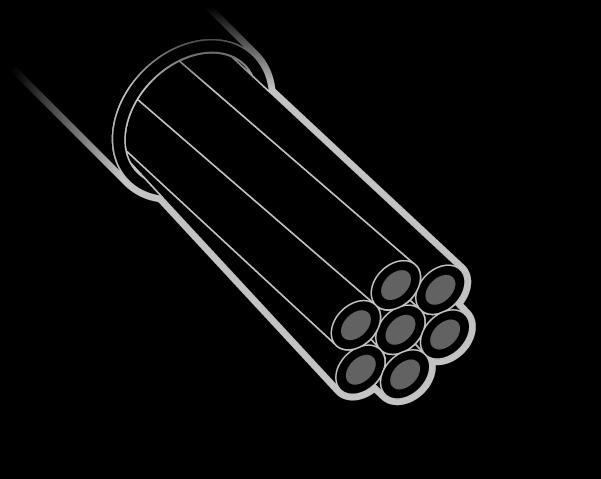
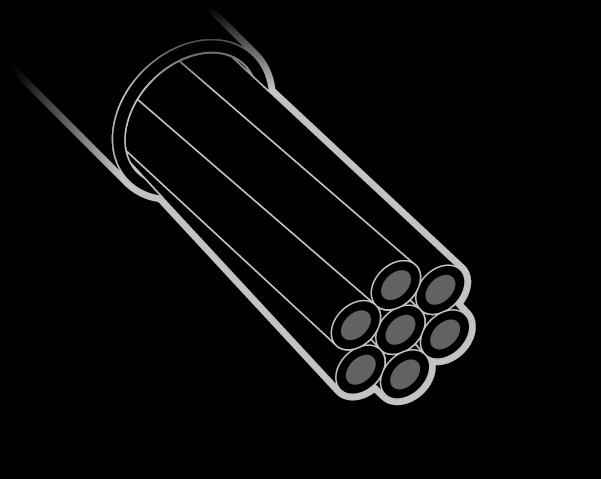
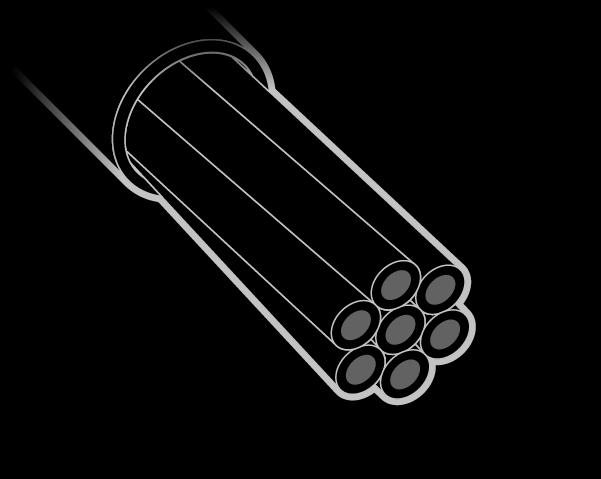
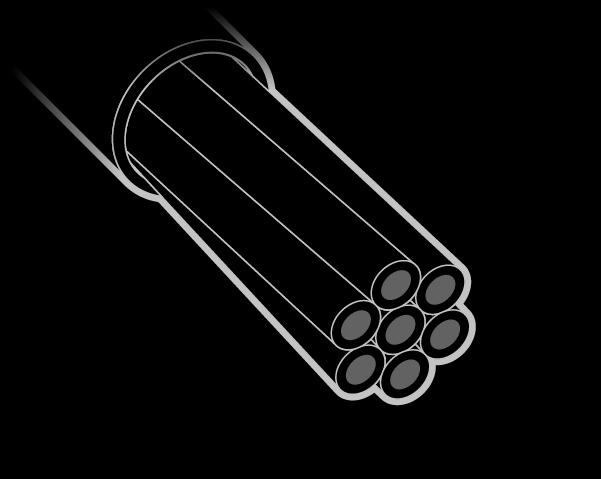
Copper-Clad Aluminum
Before using jumper cables, you need to consider the risks in using them. The most notable risks are identification of the proper polarity of the cars battery terminals and accidental short circuiting that battery clamps. In either case, both will result in significant amount of sparks that are not beneficial around combustable fumes, and can even arc weld if left connected too long. When you handle jumper cables, be aware of the proper connection procedures and do not ever touch the battery clamps together.
Preparing Before Jump Starting Your Vehicle.
Before jump starting a car, make sure both vehicles are facing each other, and as close as possible without allowing the vehicle to come in contact with each other. Make sure both vehicles are in park (neutral for manual transmissions). As a safety precaution, you could set the parking brake for each vehicle as well.
6 Steps On How To Jump Start Your Car Using Jumper Cables.






TURN OFF VEHICLES.
Make sure both vehicles are turned “off.”

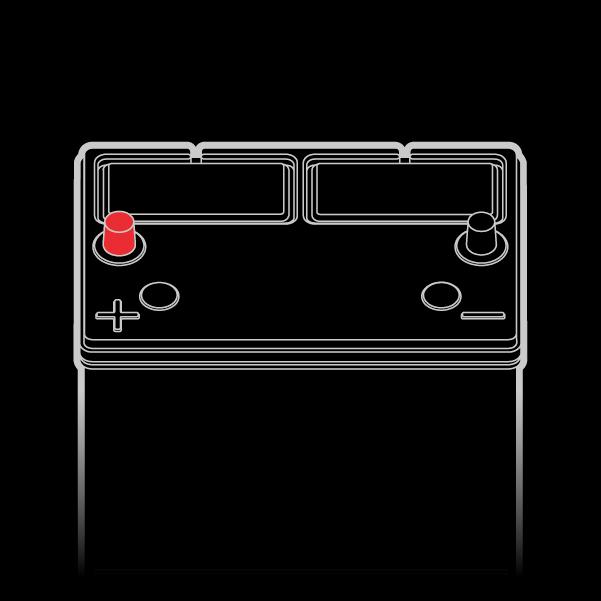
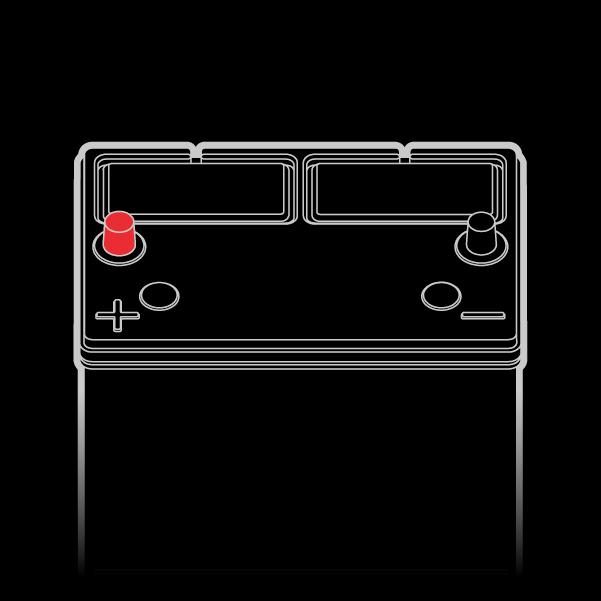
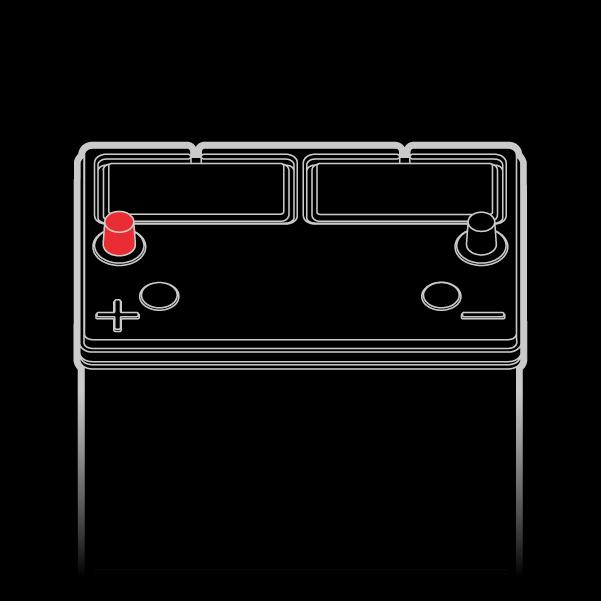
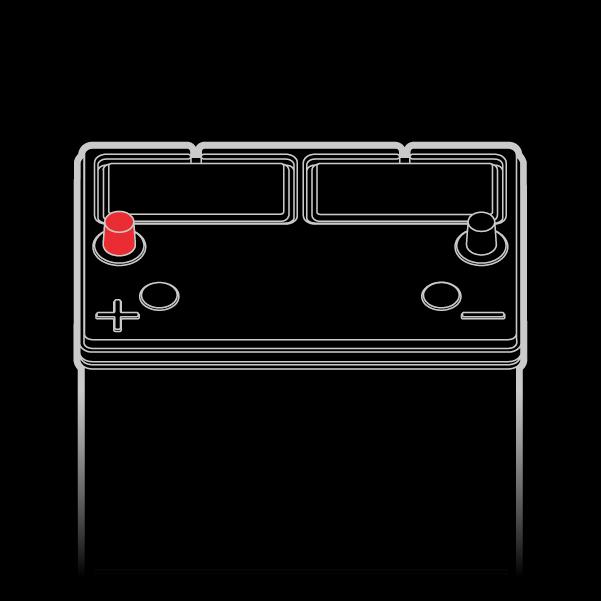
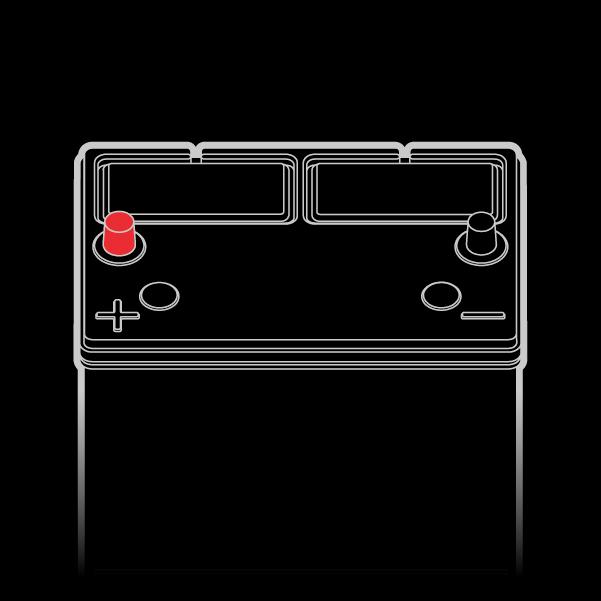
IDENTIFIY POLARITY.
Identify the polarity of the battery posts, determining which is positive battery terminal and negative battery terminal. The positive battery post is commonly red in color and marked with a plus ( ) symbol or POS (for positive). The negative battery post is black in color and marked with a negative (-) symbol or NEG (for negative).
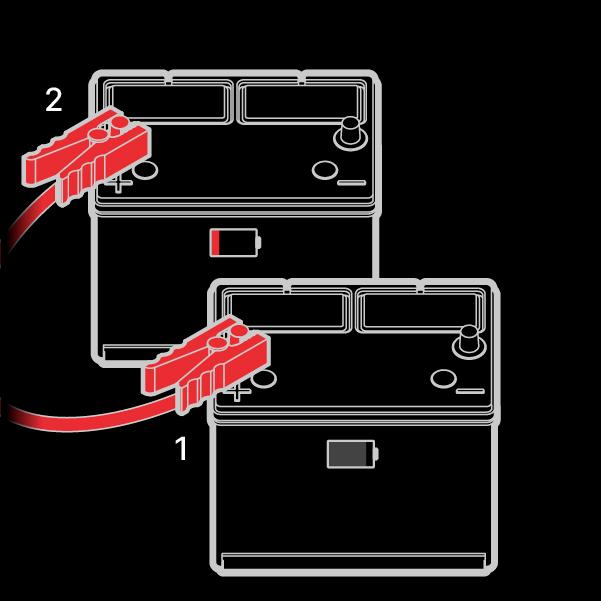
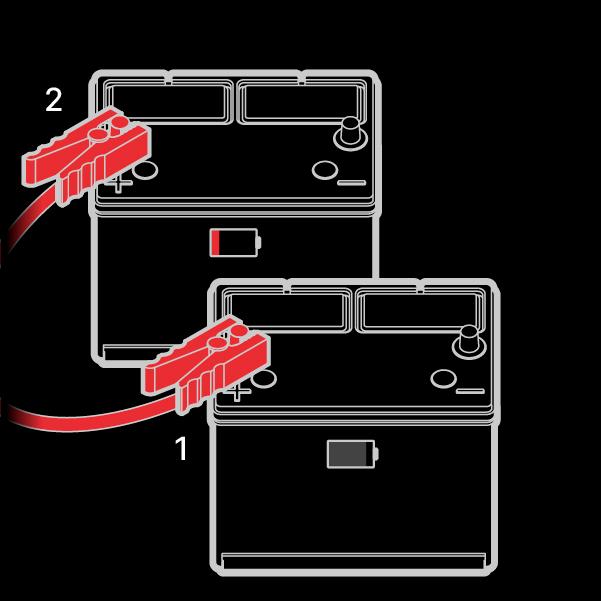
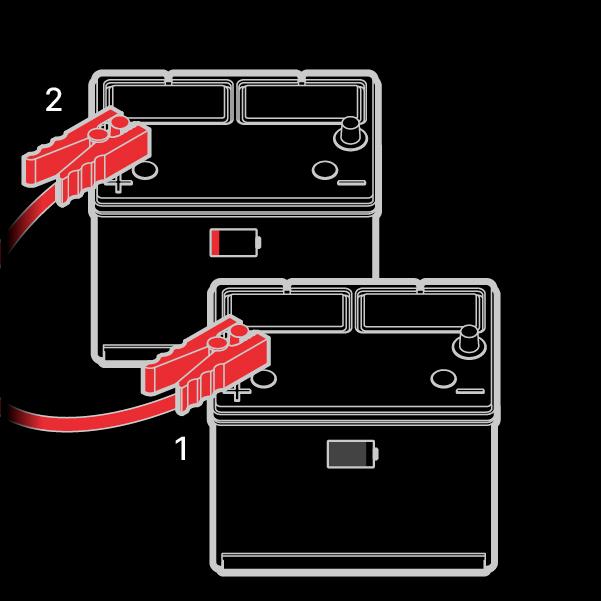
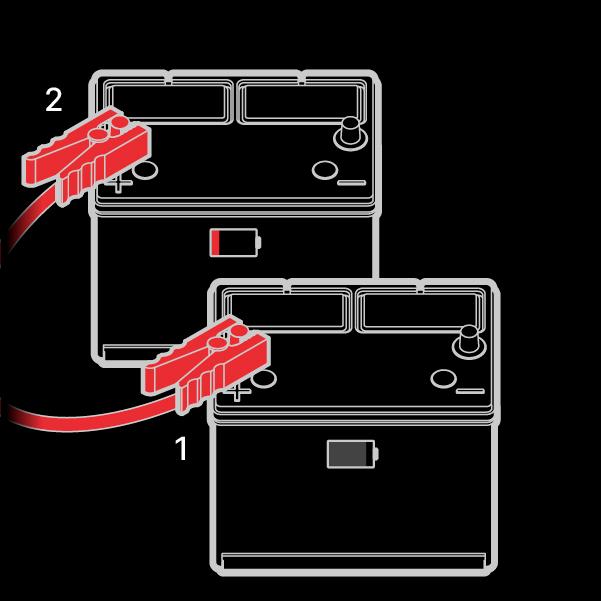
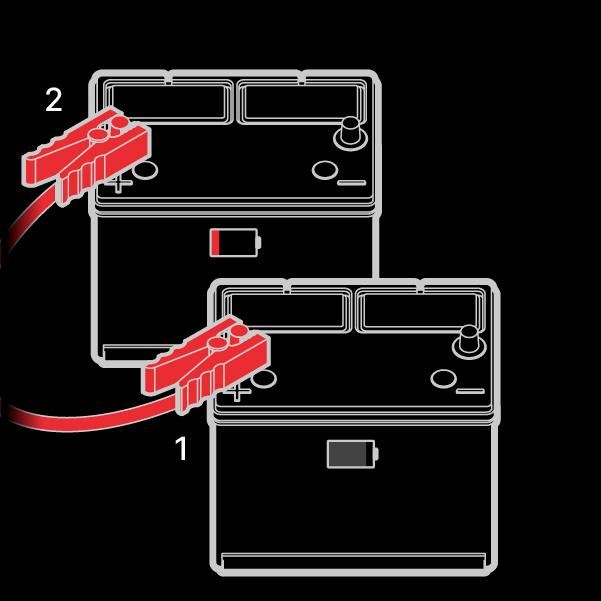
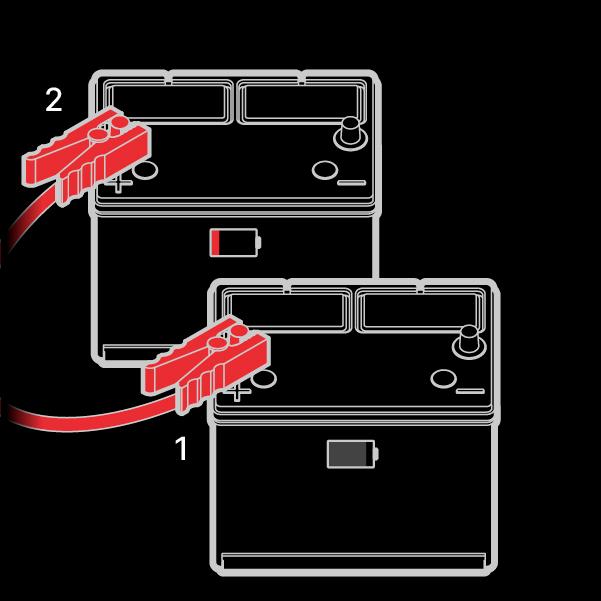
ATTACH POSITIVE CLAMPS.
Attached the red (positive) jumper cable battery clamp to the positive battery post on the good vehicle. Then attach the other red (positive) jumper cable battery clamp to the positive battery post on the dead vehicle.
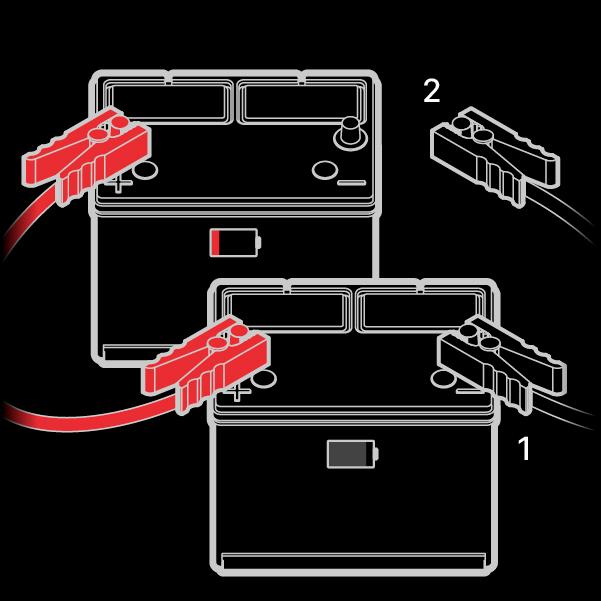
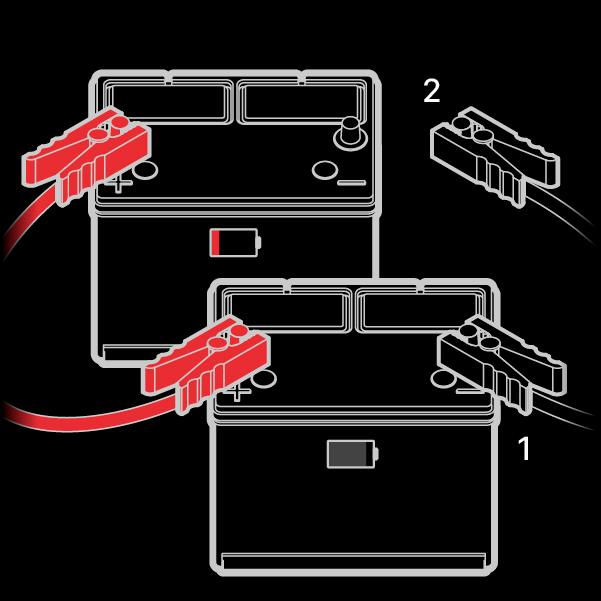
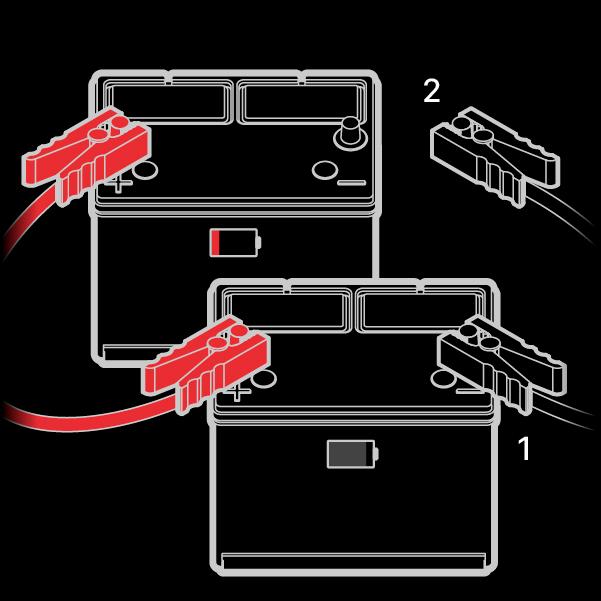
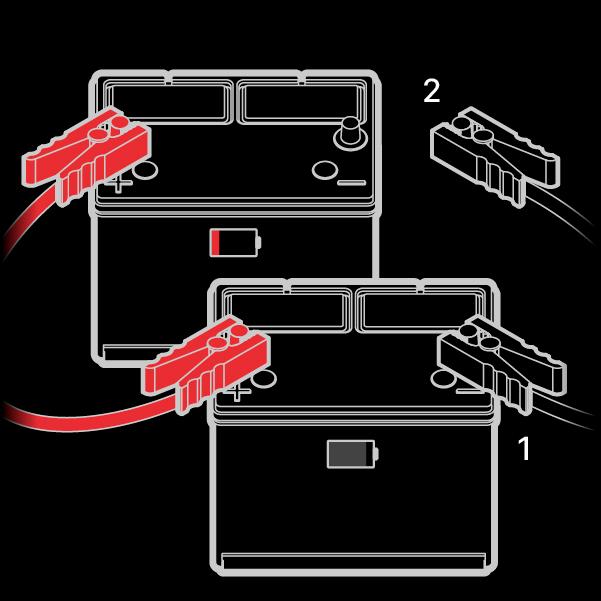
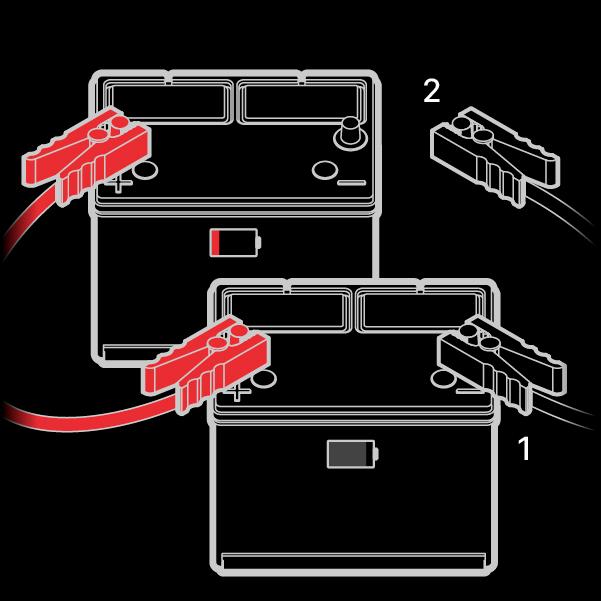
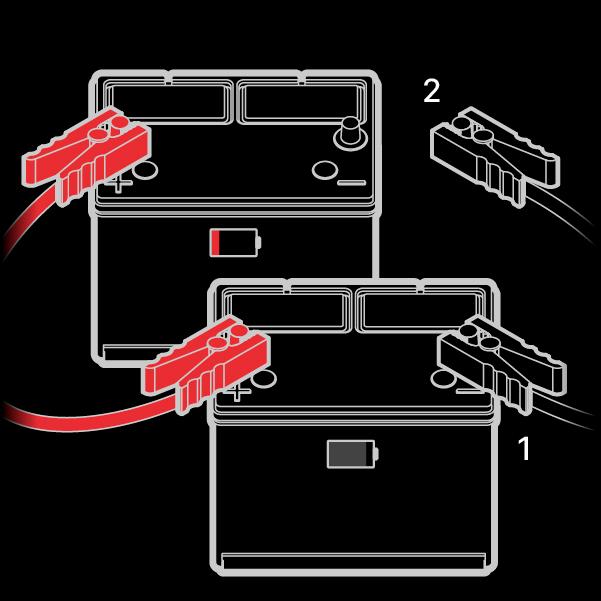
ATTACH NEGATIVE CLAMPS.
Attached the black (negative) jumper cable battery clamp to the negative battery post on the good vehicle. Then attach the other black (negative) jumper cable to the vehicles chassis ground. Do not connect to the negative battery post— more on that in a bit.






TURN ON VEHICLE.
Try to jump start the dead vehicle. If the vehicle does not immediately start, wait a couple minutes to allow current to flow into the battery. Depending on the age and heath of the good vehicle's battery, it may need time for the battery to recharge and populate ions onto the battery plates.
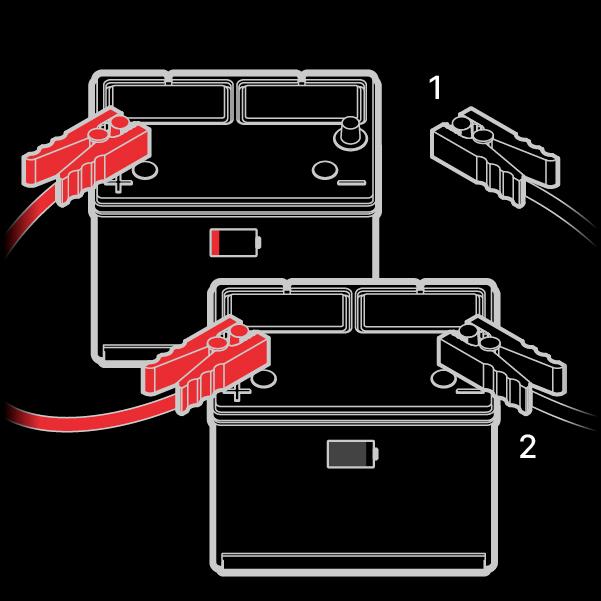
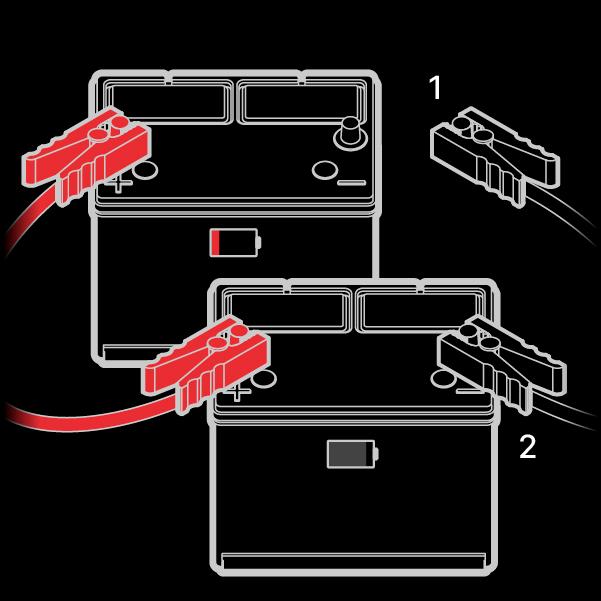
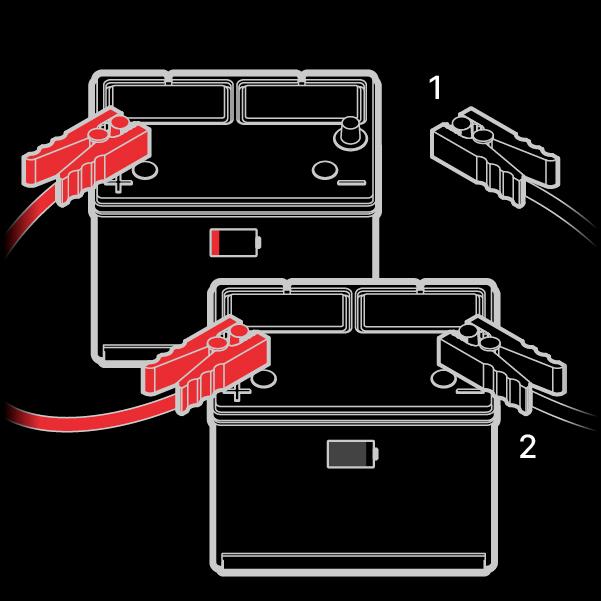
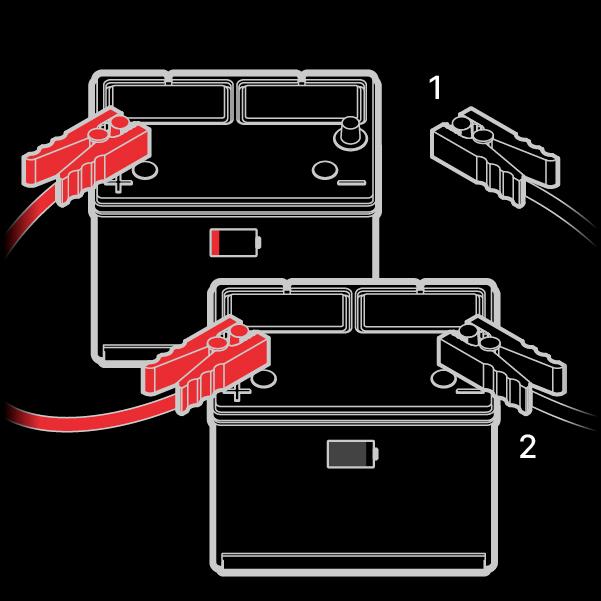
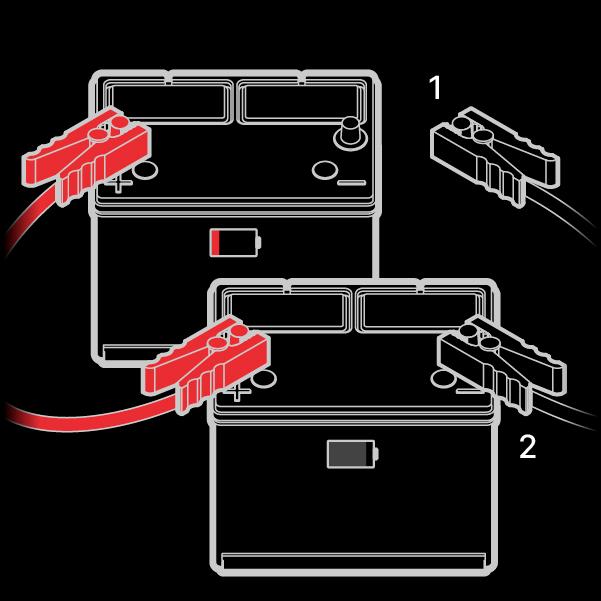
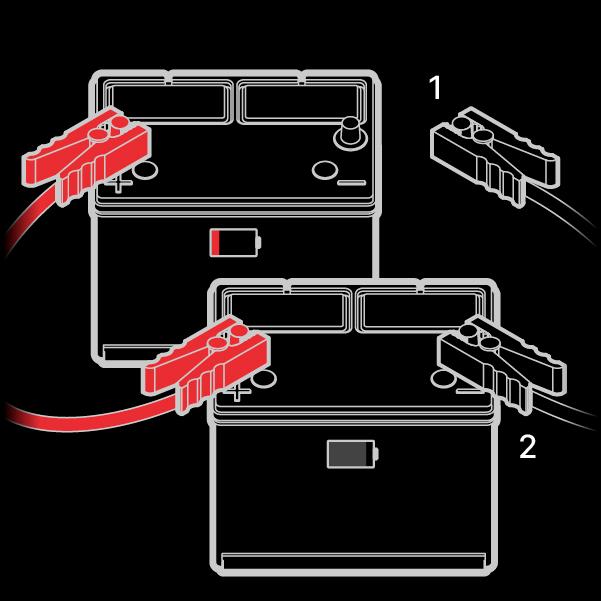
DISCONNECT CABLES.
Disconnect the jumper cable in reverse order, starting with removing the black (negative) jumper cable battery clamp.
Pros and Cons of Jumper Cables.
PROS
CONS
Inexpensive.
You can buy a set of decent jumper cables for $30-40.
Additional Vehicle Required.
An additional vehicle is required for jump starting. Not only does a vehicle need to be close by, but you may require assistance from a complete stranger.
They Work.
Performance varies takes time depending on the quality of the jump cables.
Safety Risk.
Improper connections to by hooking to incorrect battery terminals, or shorting battery clamps by touching them together both generate a significant amount of sparks and increase the likelihood of a dangerous situation.
-
Requires Above Average Knowledge.
Understanding how to identify the correct battery terminal polarity, and using electrical systems will be required.
-
Performance Varies.
Battery performance varies on the health and condition of the battery on the operational vehicle. Just because the vehicle is running, does not mean is suitable for optimal current delivery.
-
One Dimensional.
Can only perform one function— jump starting a dead vehicle battery.
How To Jump Start A Car With A Lithium Jump Starter.
Technology has come a long way. Jumper cables use to be the norm for jump starting a dead vehicle. Then came along portable lead-acid jump starters. Lead-acid jump starters fixed several problems associated with jump starting, namely, the need for an additional vehicle. However, lead-acid jump starters still pose the same safety risks as jumper cables, which require knowledge of the correct battery terminal polarity, and often contain a heavy, lead-acid battery. In addition, lead-acid jump starters also suffer significant performance loss when not kept at full charge. Over time, a lead-acid jump starter develops a condition known sulfating, which is the permanent loss of battery capacity when left in a discharged state. The loss in battery capacity reduces the lead-acid jump starters ability to delivery high-discharge currents when needed. And its high-self discharge rates often make a lead-acid jump starter incapacitated within weeks. The need to be constantly charged, high self discharge rate, and heavy weight, make lead-acid jump starters non-portable, and one the better suited for your garage, than your car.






LEAD-ACID






LITHIUM-ION
80% smaller and more lightweight.
About Lithium Jump Starters.
Enter the lithium- car jump starter. These types of jump starters, as the name suggests, are powered by a lithium-ion battery rather than a lead-acid battery. The benefits of lithium technology versus lead-acid technology are evident. The lithium-ion batteries, because of their energy density, are smaller and more lightweight than their lead-acid counterparts. In fact, lithium jump starters are about 80-precent smaller and lightweight than lead-acid jump starters. And lithium jump starters also perform multi-functions, such as powering an LED flashlight, recharging your USB devices (e.g. recharging an iPhone), or power other 12-volt devices, like a tire inflator or power inverter.
Check out NOCO Genius Boost Lithium-ion jump starters. With over 234 million motorists in the United States, it’s amazing how the vast majority of motorists do not use a lithium jump starter. The most common objection I hear is lack of trust that a device will actually work. Most motorists are too familiar with the old traditional jumper cables, or the big, heavy, lead-acid jump packs, that believing in a small, compact device like a lithium jump starter seems unfathomable. But let me help explain the “how.”
Lithium-ion batteries have an incredible high energy density when compared to lead-acid batteries. In other words, lithium-ion batteries delivery similar discharge ability, but at a fraction of the size. For example, most lead-acid batteries are rated at a 20C discharge rate. So a 10 amp-hour lead-acid battery can delivery 200-amps of power. Whereas a 1 amp-hour lithium-ion battery rated at 200C can delivery the same 200-amps, but at 10 times the size requirements. So yes, the lithium-ion battery in your smartphone, if designed properly, could have the ability to jump start your car. In addition, lead-acid batteries lose their discharge ability as the battery becomes more discharged, whereas lithium-ion batteries deliver consistent discharge currents until it is almost completely drained.
Like jumper cables, the quality of the lithium jump starter is directly proportional to its ability to jump start your car. Below are some simple steps.
How To Jump Start Your Car Using A NOCO Lithium Jump Starter.
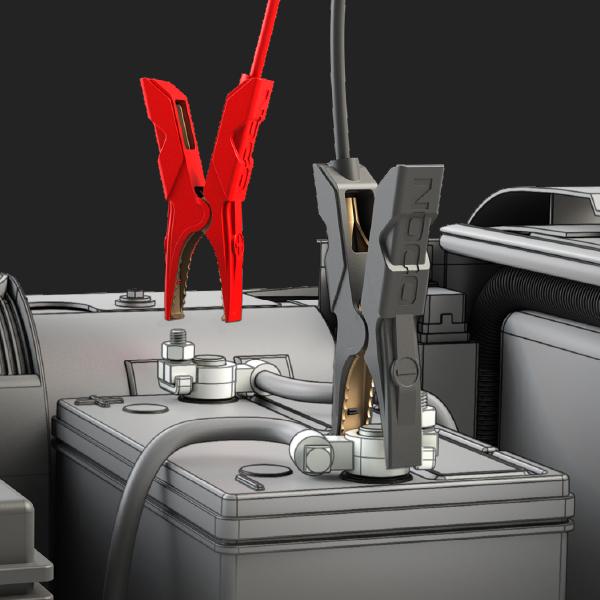

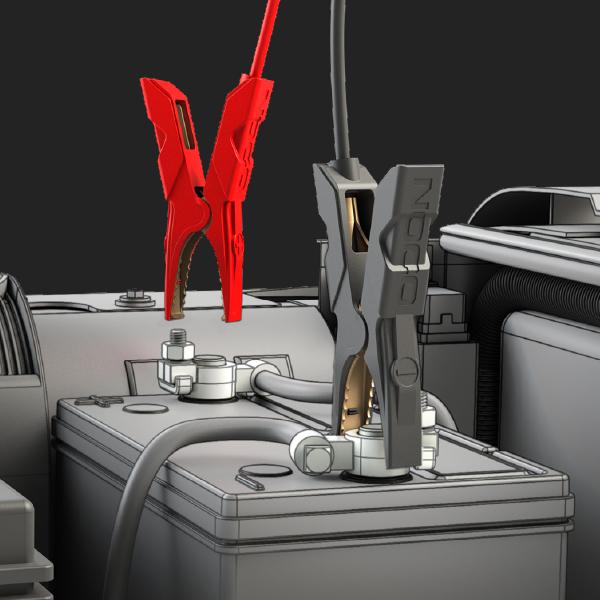
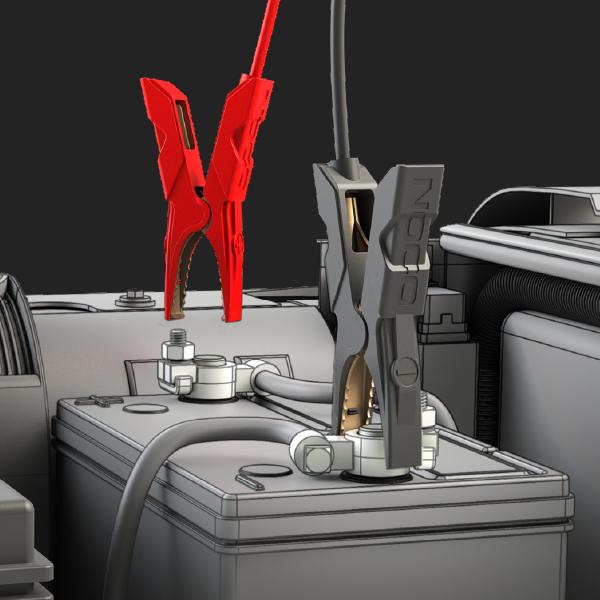
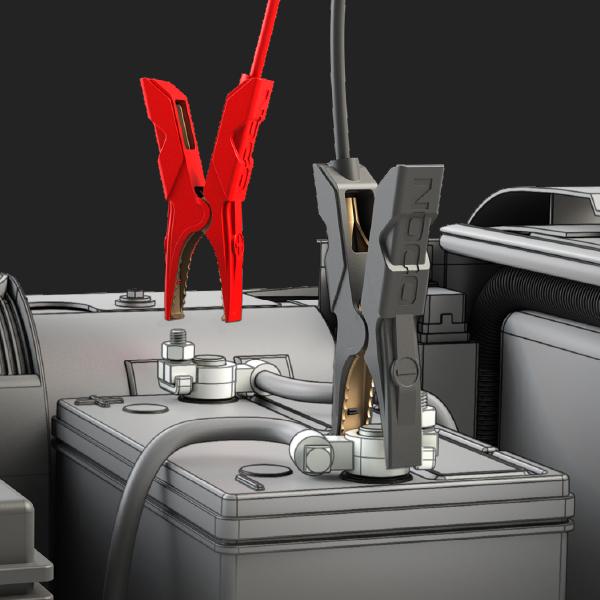

ATTACH CLAMPS.
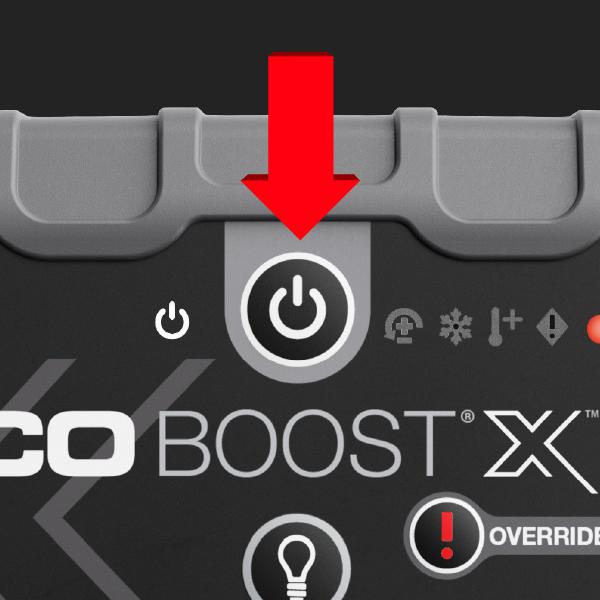
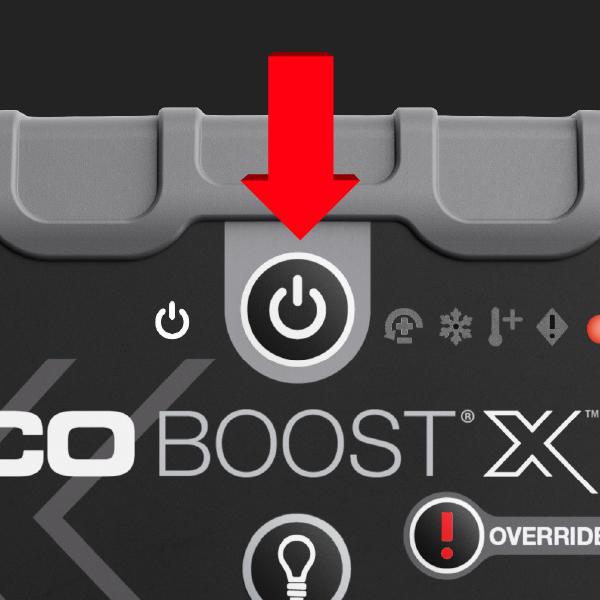
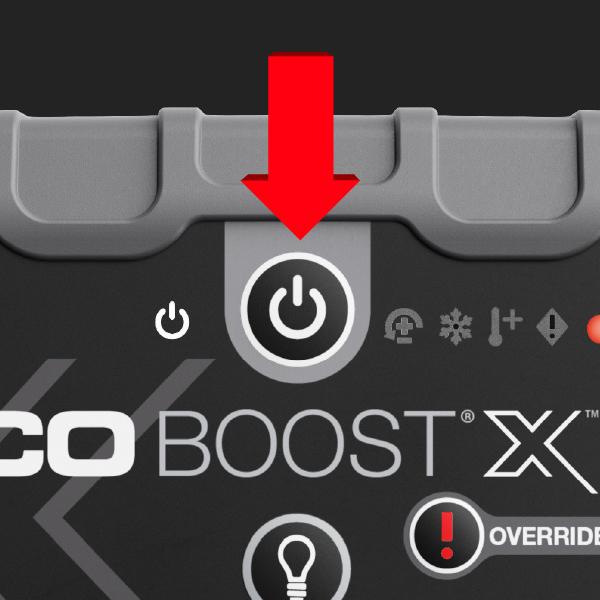
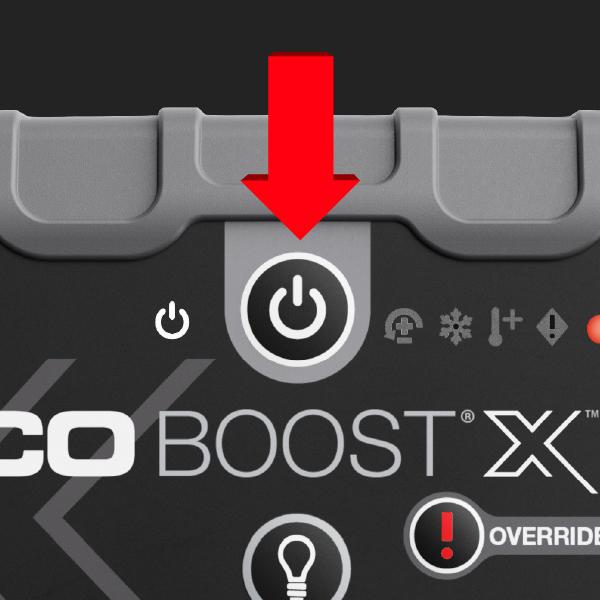
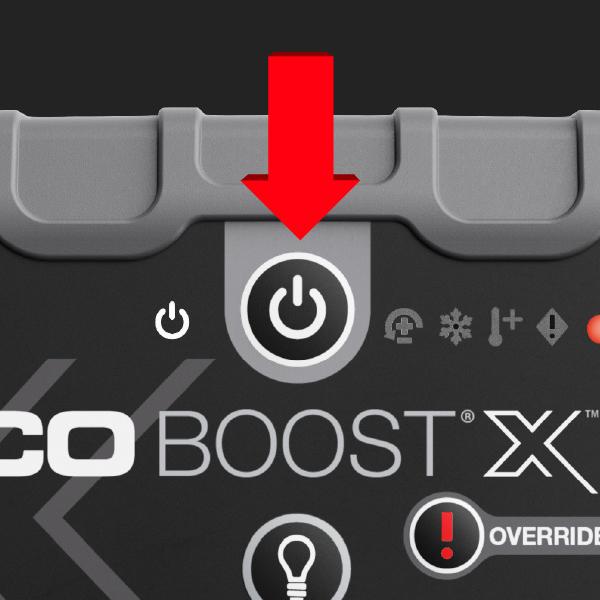
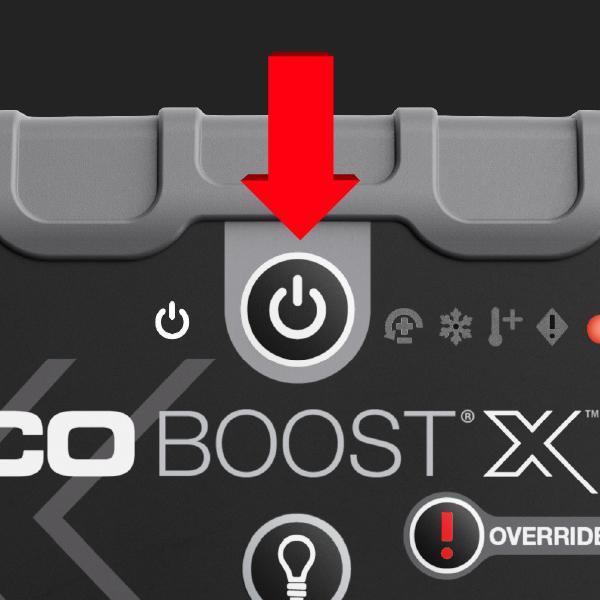
POWER ON.
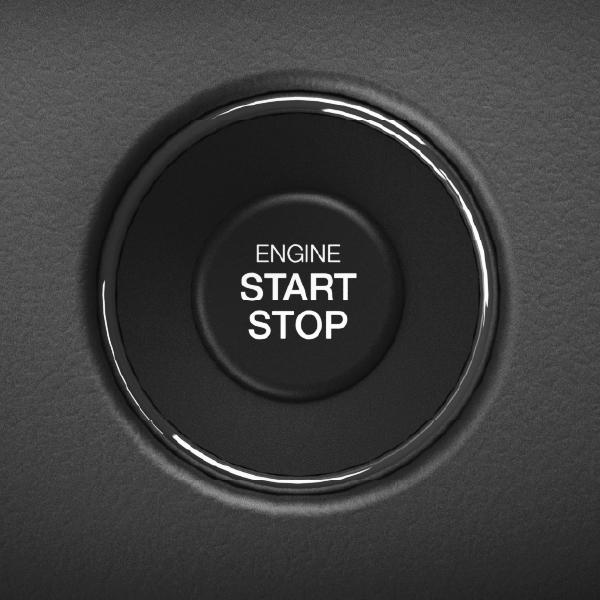
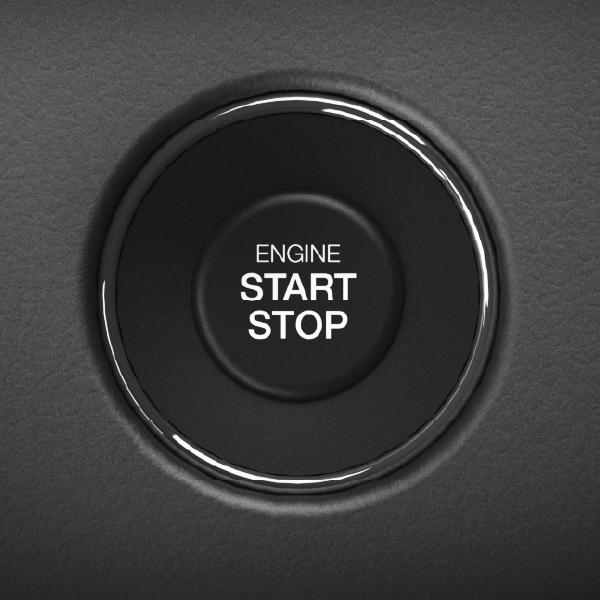
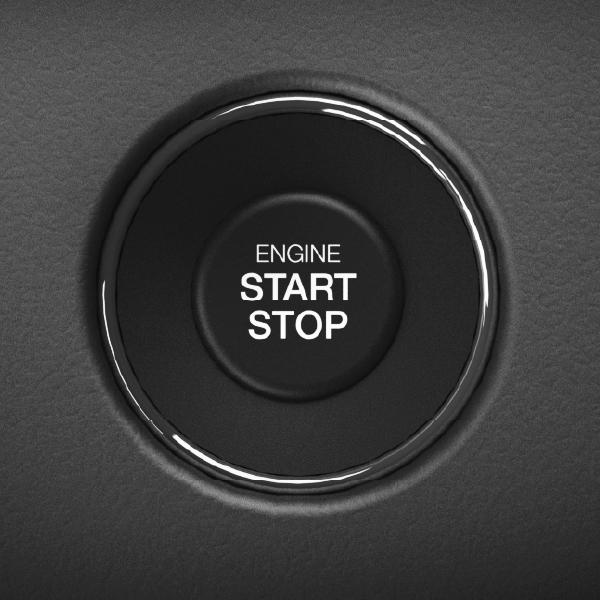
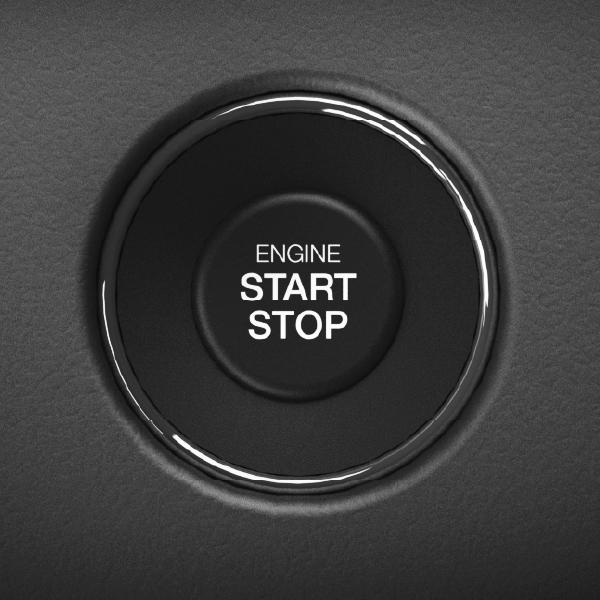
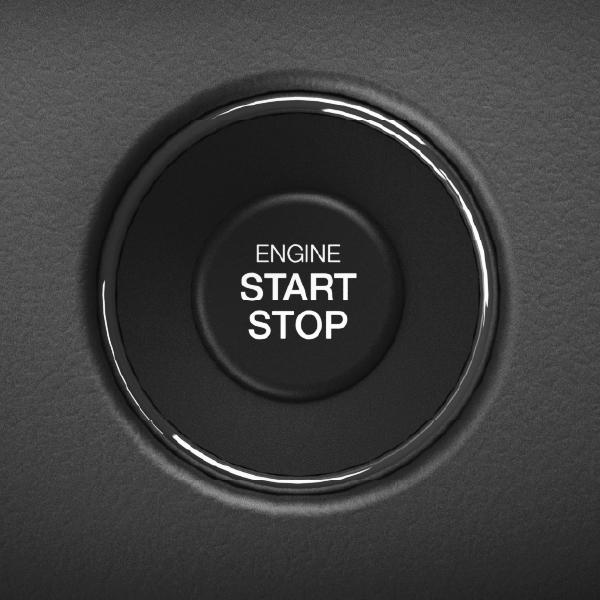
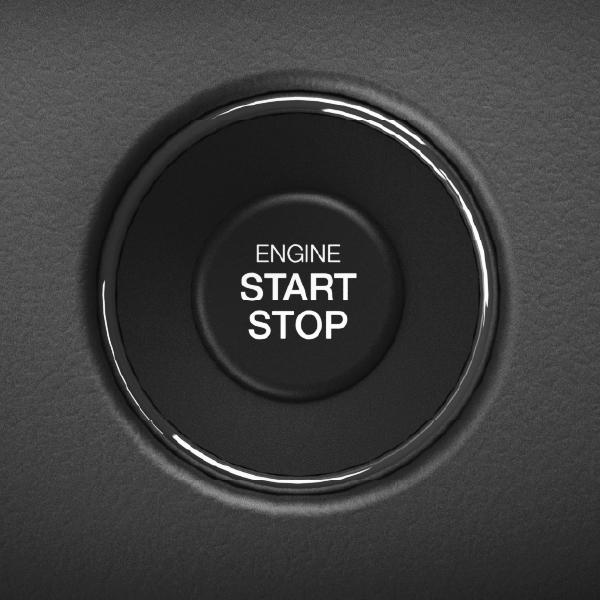
START VEHICLE.
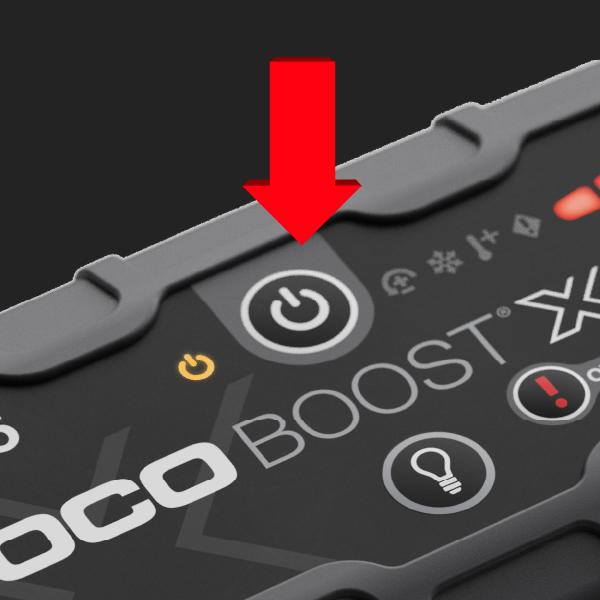
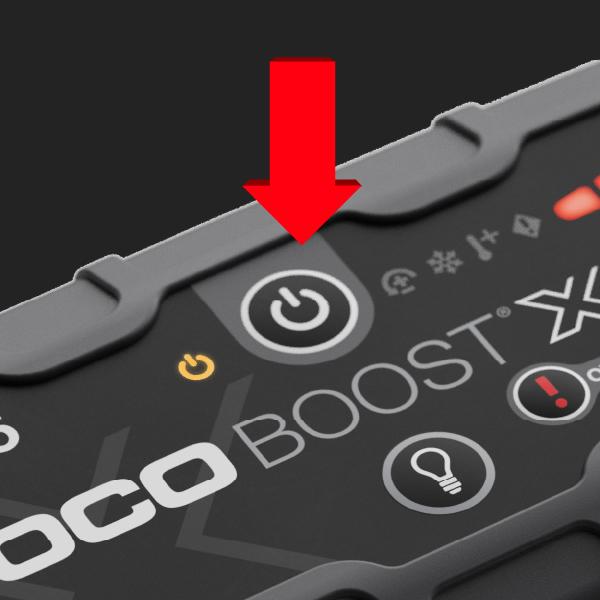
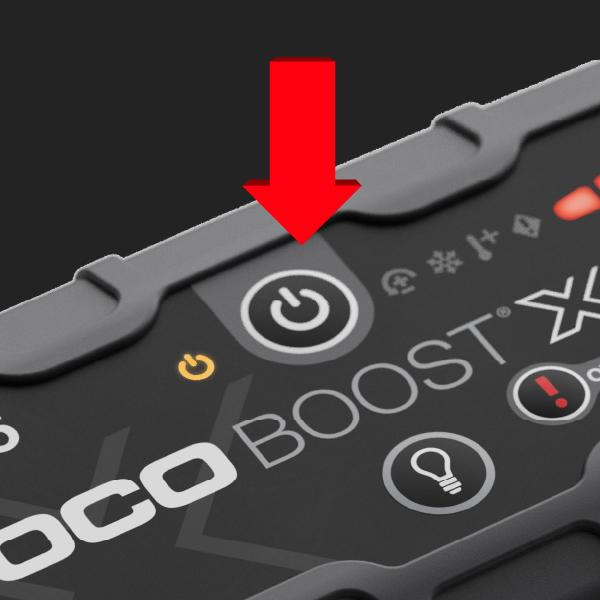
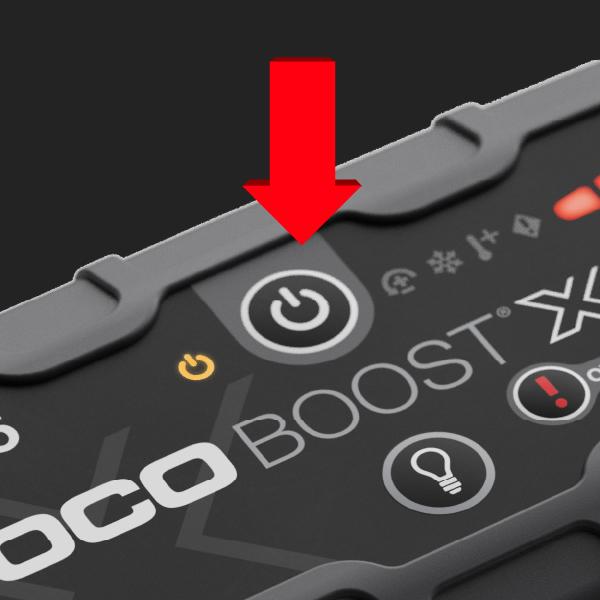
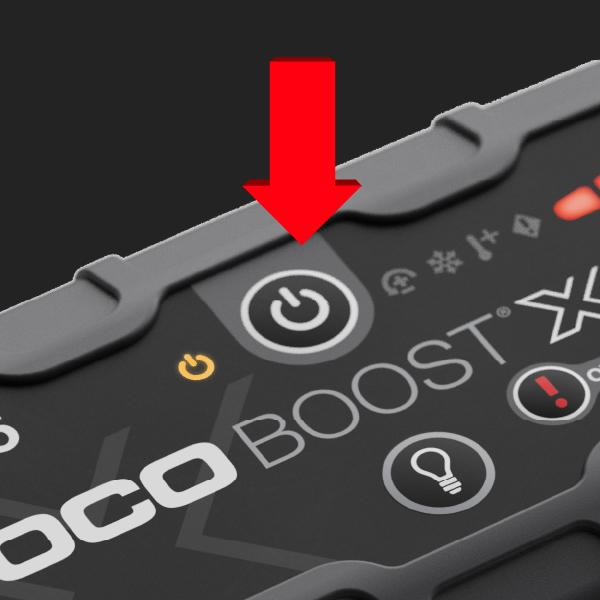
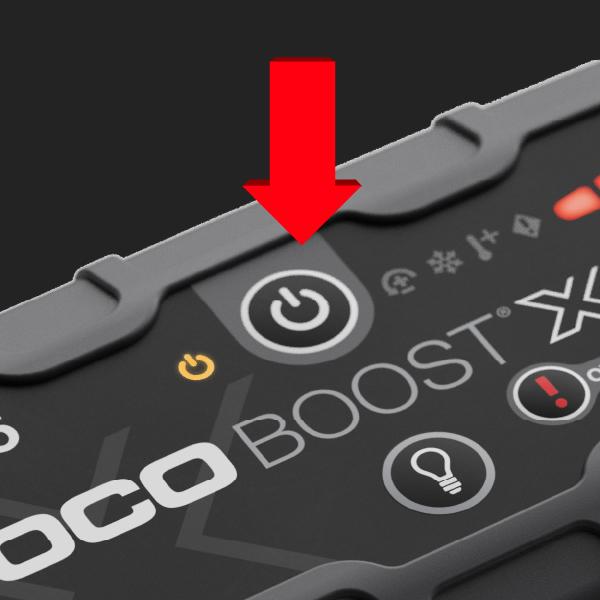
POWER OFF.
Or power off/on to reset.
Pros and Cons of Lithium Jump Starters.
PROS
CONS
No Additional Vehicle Needed.
Lithium jump starters are internally powered by its lithium-ion battery, so not additional vehicle is needed, or asking for help from a total stranger.
Expensive.
More expensive than traditional jumper cables, but equivalent in price to lead-acid jump starters.
Powerful.
Extremely powerful in a compact form factor. Equivalent to, and often more powerful than its lead-acid battery equivalents.
-
Portable.
Lithium jump starters are extremely small and compact, hand-held devices, storable win a glove compartment, trunk or tool box.
-
Safety.
Contains safety protection against reverse polarity and short circuit, making for spark-free connections.
-
Requires Non-Expert Knowledge.
Because lithium jump starters feature safe spark-proof technology, the user does not need to worry about proper polarity identification and touching the battery clamps together.
-
Requires Non-Expert Knowledge.
Because lithium jump starters feature safe spark-proof technology, the user does not need to worry about proper polarity identification and touching the battery clamps together.
-
Requires Non-Expert Knowledge.
Because lithium jump starters feature safe spark-proof technology, the user does not need to worry about proper polarity identification and touching the battery clamps together.
-
Most Common Questions.
Regardless of which method you choose, if your car will not start after multiple attempts, chances are high the issue is something other than your battery. Below is additional information about jump starting your car.
Does Revving The Engine help After A Jump Start?
Slightly revving the engine after a jump start will help the car's battery recharge faster. When your engine turns faster, the engine's alternator also turns faster. And when an alternator turns faster, it produces more electricity. And when it produces more electricity, the battery recharges faster. That being said, its also a good idea to let your vehicle run for 20-30 minutes after a jump start. An even better idea is connect the battery to a smart battery charger to completely recharge the vehicles battery. If you have a smart battery charger with a desolation or repair mode, I would highly recommend using that feature after jump starting a dead battery. The main purpose of desolation charge mode is to remove the sulfate that collected when the battery was discharged, and turn it back to active material again (or regained battery capacity).
Why connect to chassis ground when jumping a car?
You want to connect to the chassis ground rather than the negative battery terminal because it provides a more direct return path to the boost-assisted battery. As such, the return current does not have to travel through the dead battery's negative battery and battery cable and then to the jumper cable or jump starter. It can go directly from the chassis ground to the jumper cable or jump starter. A more direct return path allows for better current flow and less of a voltage drop.
Why connect the positive battery clamps first?
Ever wondered why you connect the positive connections first, then the negative. It’s because nothing bad can happen if you leave the negative battery clamps dangling in the chassis of the vehicle. Anything it could accidentally touch will likely be ground. If you connected both the positive and negative battery clamps from either the good or dead vehicle, the other end is now live and accidentally touching the battery clamps together will create a short circuit— unless you use a safe lithium jump starter. If you connect the negative battery clamps first and then connect the positive battery clamps, you potentially create a short circuit, because the opposite side is probably touching something that is grounded.
Cookies On This Site
Our website uses cookies, pixels, and similar technology (“Cookies”) to make the website work and to improve your online experience. Cookies that are essential for the functioning of our website are always active and cannot be turned off. With your consent, however, we may also use non-essential Cookies to improve user experience, personalize advertisements, and analyze website traffic. By clicking “Accept All,” you consent to our use of all Cookies, including these non-essential Cookies. You may block non-essential Cookies by clicking “Reject,” or change your cookie settings by clicking “Preferences.”
By using our website, you acknowledge this notice, and by clicking “Accept All,” “Reject,” or “Preferences,” you agree to our Website Terms of Use. See our Cookie Policy and Privacy Policy to learn more.